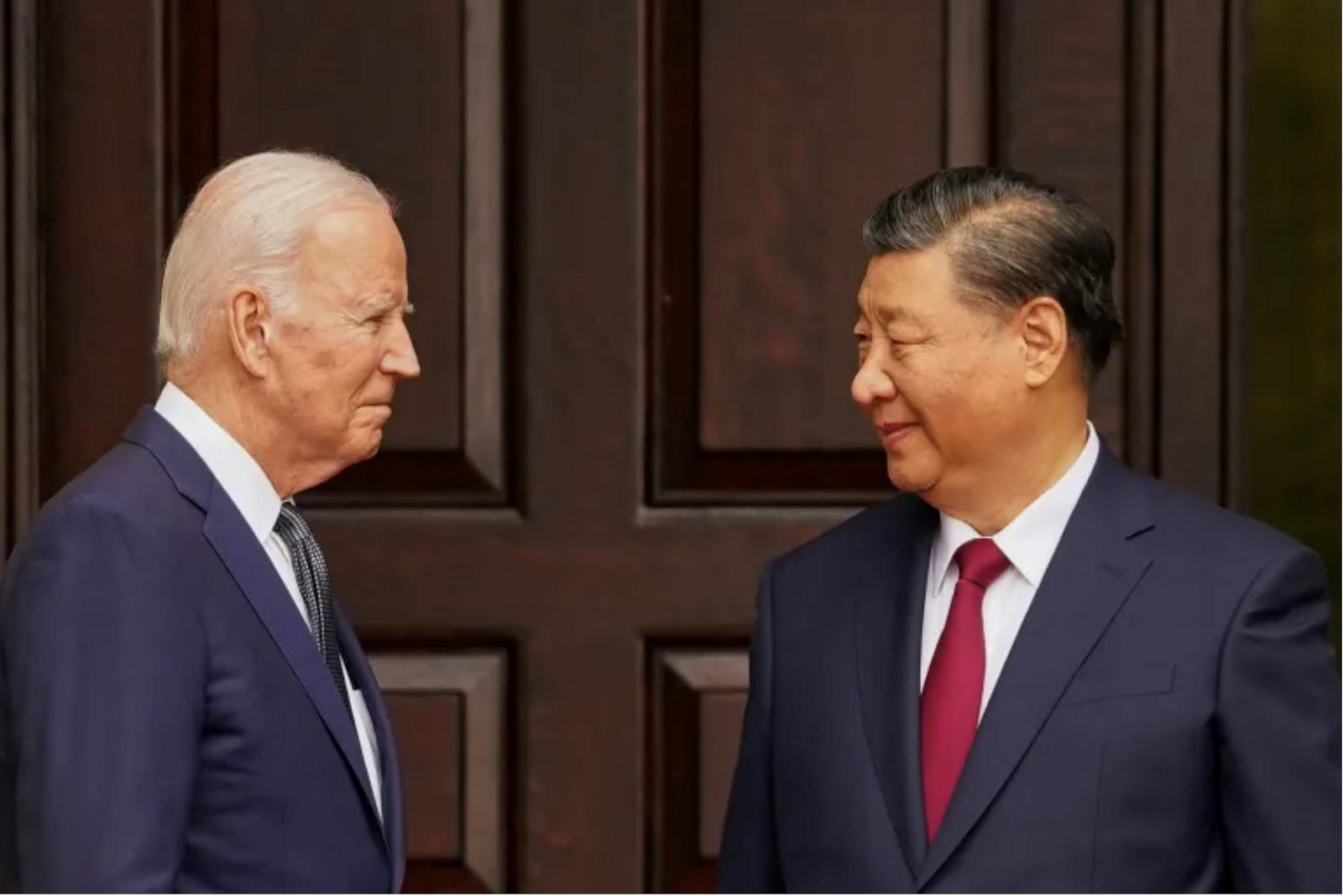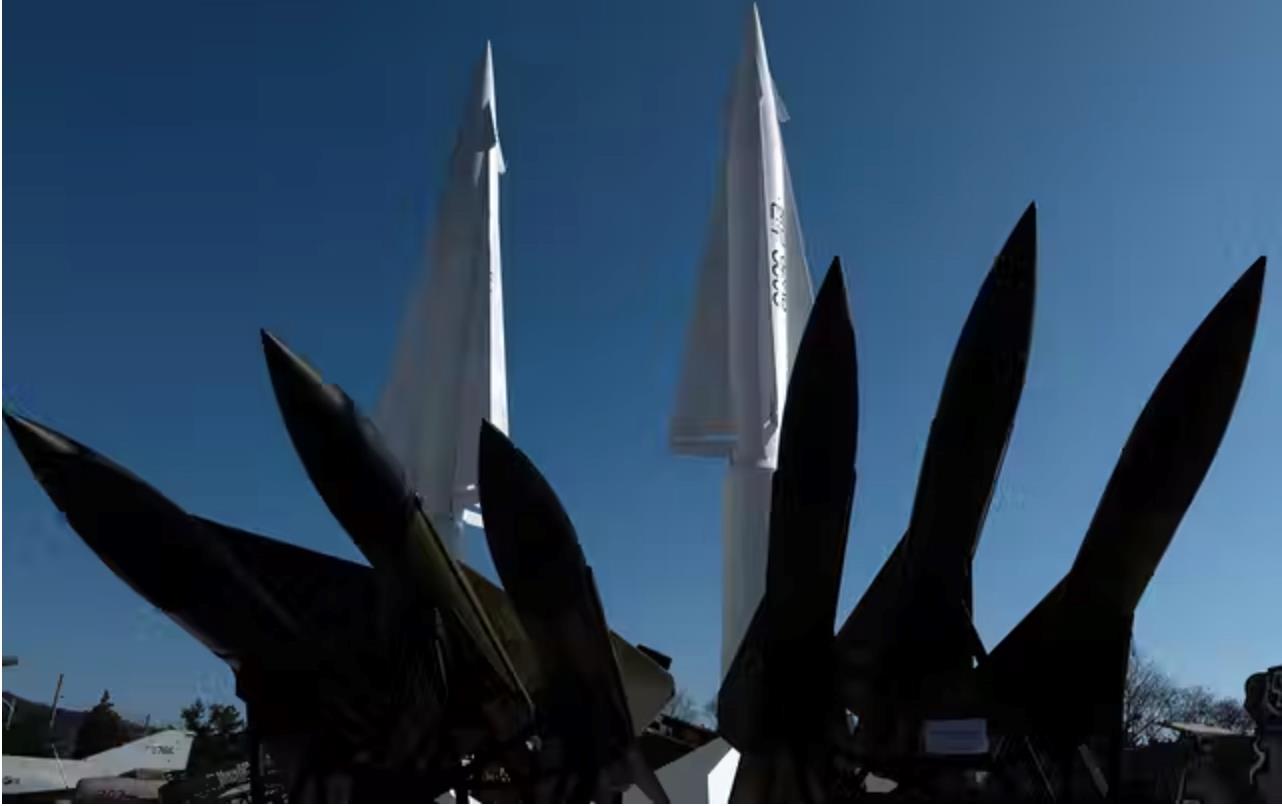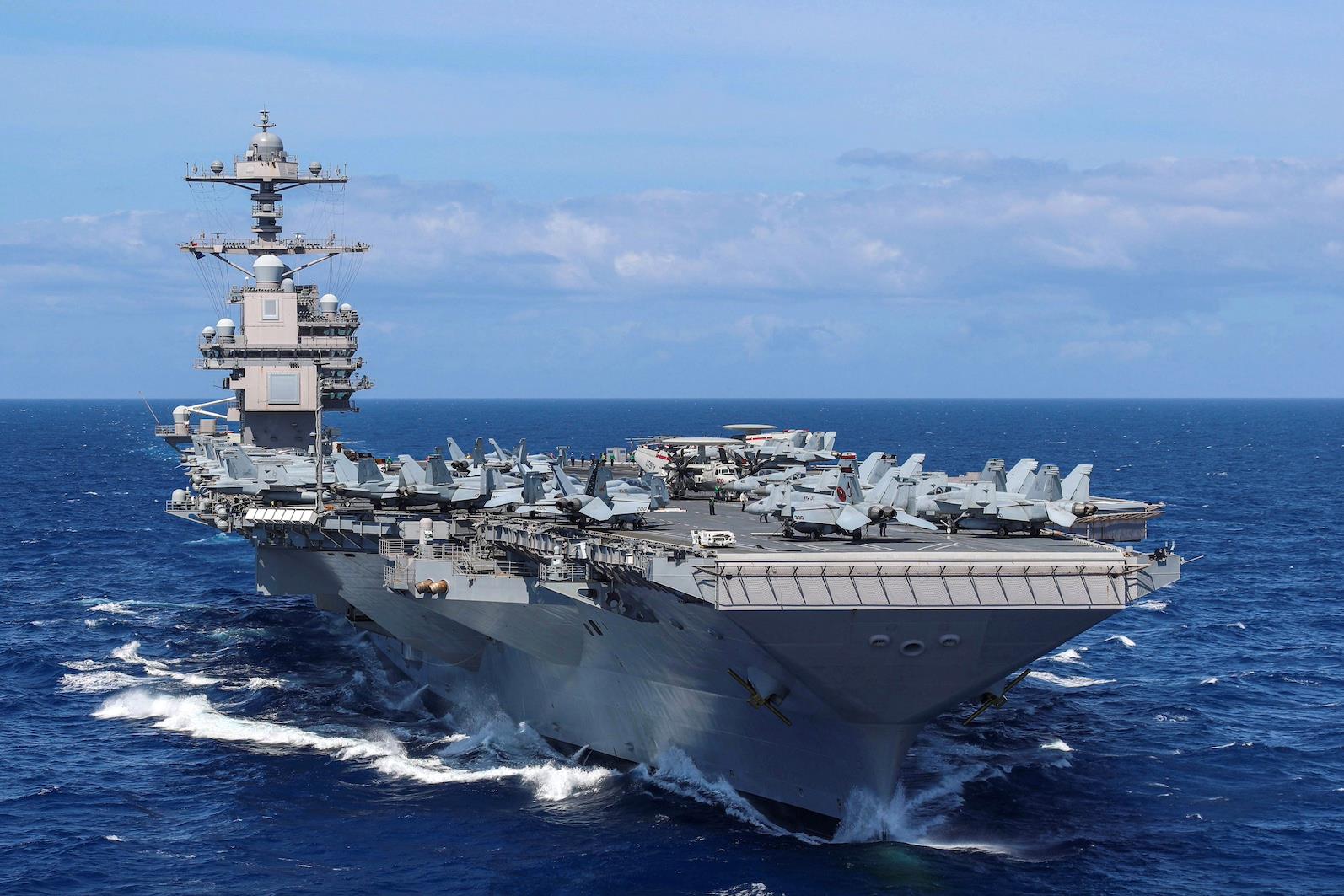US Bases Woefully Exposed To Chinese Missile Attacks
Date
5/15/2024 1:14:15 AM
(MENAFN- Asia Times) US lawmakers are demanding urgent upgrades to US military bases in the Indo-Pacific, citing the severe threat posed by China's improving strike capabilities while criticizing the US Department of Defense's (DOD) slow adoption of critical defenses.
This month, Representative John Moolenaar and Senator Marco Rubio addressed a critical letter to US Secretary of the Air Force Frank Kendall and US Secretary of the Navy Carlos Del Toro, urging immediate enhancements to the resilience of US military facilities in Asia.
They highlighted the grave threat posed by China's missiles, which can now target all US bases in the region, including those in Guam and the Northern Mariana Islands.
The lawmakers criticized the DOD's slow adoption of passive defenses like hardened aircraft shelters, which are crucial to withstand and quickly recover from potential Chinese missile attacks.
China has constructed over 400 such shelters in the past decade, while the US has added only 22, according to reports. The letter also called out a cumbersome DOD regulation on handling World War II-era munitions, which delays essential construction projects and inflates costs.
The letter's signatories requested a shift from the restrictive“Munitions and Explosives of Concern” procedures to the more efficient“Recognize, Retreat, Report” approach while demanding answers on steps to be taken to enhance base defenses.
They warned that failure to act could severely impair the US military's operational capabilities in a conflict including in the case of a Chinese invasion of Taiwan.
The New York Times reported in April 2024 that the Biden administration is indeed urgently transforming US defense infrastructure in the Indo-Pacific to counter the escalating threat of a Taiwan war.
Since assuming office, President Joe Biden has expanded military access to bases in allied nations across the Indo-Pacific and deployed advanced weapon systems, including Tomahawk missiles in Japan and mobile missile launchers in the Philippines.
Latest stories

Biden, Xi taking lumps for allies' bad behavior

How Trump could push Japan, S Korea to go nuclear

Cargo cult: Why America cannot have nice things This strategic shift aims to distribute US forces in smaller, more mobile units across the region rather than concentrating them at large bases, thereby making them less vulnerable to Chinese missile strikes.
However, a June 2023 report by the US Congressional Research Service (CRS) highlights significant concerns regarding the survivability of US defense infrastructure in the Indo-Pacific against a Chinese attack.
The report underscores that the US maintains at least 66 significant regional defense sites, which are crucial for basing military personnel, conducting maintenance and supporting operations. It notes the current basing posture, largely reflective of Cold War-era decisions, is increasingly vulnerable to China's increasingly advanced missile capabilities.
Key installations, especially those west of the International Date Line including in Japan, South Korea and Guam, are well within striking range of Chinese missiles.

Over 20,000 US personnel work and reside at Kadena Air Base on Okinawa in Japan's Ryukyu Islands. Photo: Ryukyu ShimpoThe CRS report calls for Congress to adequately address whether the DOD's infrastructure supports strategic goals and operational requirements. It also questions whether investments through initiatives like the Pacific Deterrence Initiative are sufficient and appropriately managed.
Recent war game simulations indicate substantial US aircraft losses on the ground due to inadequate infrastructure defenses, underscoring the urgency of these considerations.
Using Guam as a case study, Asia Times noted in April 2024 that the strategic island's disjointed air and missile defense mechanisms may prove inadequate in safeguarding against sophisticated weapons like drones, cruise missiles, ballistic missiles and hypersonic weapons.
Kill chains supporting Guam's new Integrated Battle Command System (IBCS) may also be vulnerable to kinetic or non-kinetic attacks. Kill chains are the processes and assets involved in detecting, locating, tracking, targeting, attacking and assessing battle damage.
US kill chains reportedly have limited flexibility and information sharing. Their centralized decision-making approach and fixed connections are ill-equipped to adapt to disruptions likely to occur in an Indo-Pacific region conflict.
Carl Rehberg and Herbert underscored the need for layered, comprehensive and distributed US base defenses in a January 2024 Center for Strategic and Budgetary Assessments (CSBA) report , which addressed the need to counter the growing threat of massed precision-guided air and missile attacks in the Indo-Pacific.
Rehberg and Kemp recommend continued support for the Guam Defense System, emphasizing the urgency for a timely, cost-effective implementation plan with minimal personnel and infrastructure.
They also call for fielding Unmanned Aerial Systems (UAS) equipped with advanced sensors for persistent detection and early warning of missile salvos.
Furthermore, they call for acquiring multiple types of High-Power Microwave (HPM) and Electronic Warfare (EW) defenses, leveraging emerging technologies demonstrated by directed-energy weapons programs like THOR and Mjolnir to counter drone swarms and cruise missiles.
Rehberg and Kemp also recommend alternatives to the delayed Integrated Fire Protection Capability Increment 2-Intercept (IFPC 2-I) for cost-effective and timely cruise missile defense, including the US Marine Corps (USMC) Ground-Based Air Defense Medium Range Interceptor Capability (GBAD MRIC) and gun systems.

Sign up for one of our free newsletters The Daily ReportStart your day right with Asia Times' top stories AT Weekly ReportA weekly roundup of Asia Times' most-read stories
They highlight the importance of improving responsibilities for Integrated Air and Missile Defense (IAMD) within and outside the DOD for greater effectiveness. In particular, they suggest creating an enhanced IAMD Test Bed for the US Indo-Pacific Command (USINDOPACOM) to support realistic training and development.
US aircraft carriers share the same, if not greater, vulnerabilities as US Indo-Pacific bases. In an article for The National Interest (TNI) this month , Brandon Weichert argues that the staggering costs-upwards of US$13.3 billion for a single Gerald R Ford-class supercarrier-and their increasing vulnerability render them ineffective in contemporary warfare.

A USS Ford-class carrier. Photo: Petty Officer 3rd Class Riley Mc / Public DomainWeichert argues that even non-state actors like the Houthis, backed by Iran, have demonstrated the ability to challenge US naval might with low-grade anti-ship missiles. These missiles, he notes, have the potential to overwhelm carriers' shipborne defenses, including in strategic regions like the Indo-Pacific and Red Sea.
However, in an April 2024 TNI article , Harrison Kass says that aircraft carriers will remain strategically relevant, pointing out their still unmatched mobile airpower and elusive nature in vast oceans.
While Kass says that modern defensive technologies pose risks to aircraft carriers, their ability to operate without harassment in the open sea remains a significant advantage. He argues that carriers' effectiveness outweighs the risks, facilitating US grand strategy and offering a mobile alternative to fixed airbases on foreign soil.
Already have an account?Sign in Sign up here to comment on Asia Times stories OR Thank you for registering!
An account was already registered with this email. Please check your inbox for an authentication link.
MENAFN15052024000159011032ID1108214341

Legal Disclaimer:
MENAFN provides the information “as is” without warranty of any kind. We do not accept any responsibility or liability for the accuracy, content, images, videos, licenses, completeness, legality, or reliability of the information contained in this article. If you have any complaints or copyright issues related to this article, kindly contact the provider above.